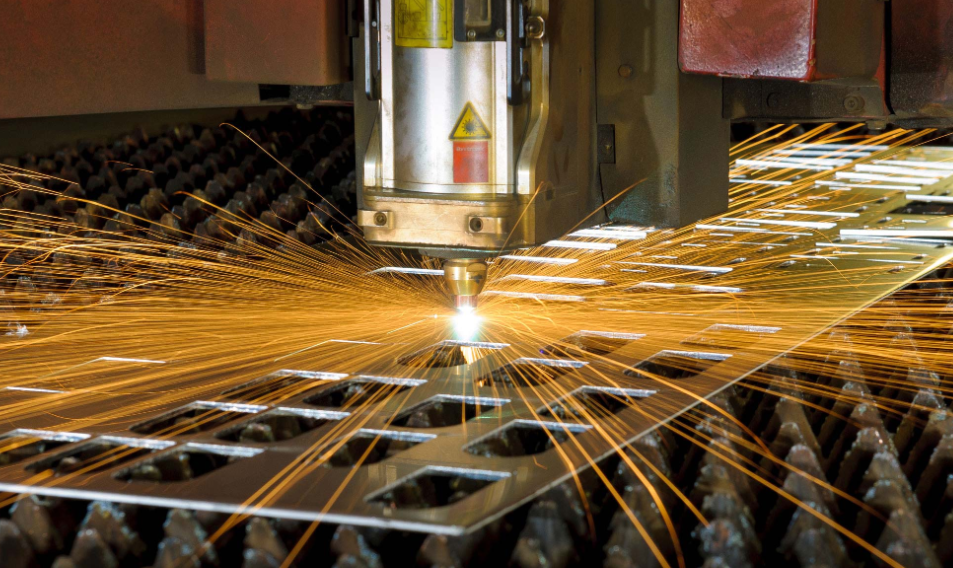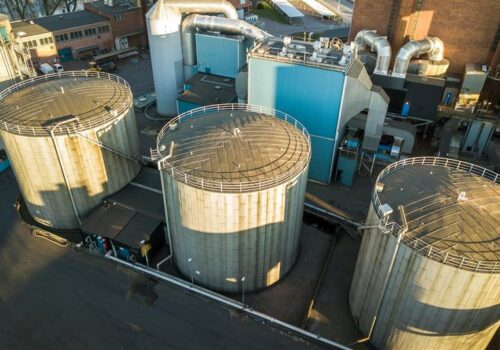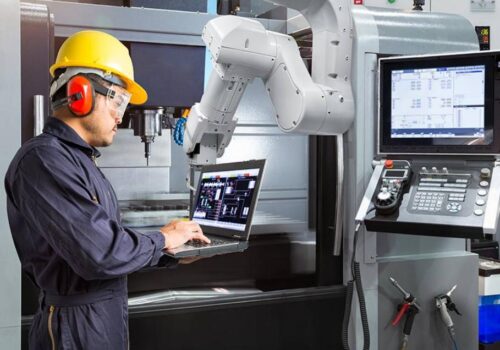How Steel Laser Cutting Revolutionizes Manufacturing steel laser cutting
In the manufacturing world, efficiency, precision, and innovation are paramount. As industries evolve, so do the techniques and technologies that define them. One such game-changer has been the advent of steel laser cutting. This advanced method of cutting has not only enhanced manufacturing processes but also unlocked new possibilities, revolutionizing the sector.
Enhanced Precision and Flexibility
Traditional cutting methods are often limited by their inability to handle intricate designs and complex cuts with accuracy. However, laser-cutting, with its focused beam of light, can achieve extremely detailed cuts, no matter the complexity. This precision opens up new avenues for manufacturers, allowing them to undertake projects that would have been impossible or prohibitively expensive with older technologies.
It can easily switch between designs and materials without the need for changing tools or setups, significantly reducing downtime and enabling more customized production runs. This adaptability is particularly beneficial in sectors where customization and precision are crucial.
Speed and Efficiency
Compared to traditional cutting methods, this cutting is remarkably faster, especially for complex cuts or designs. This efficiency boost means manufacturers can produce more in less time, enhancing productivity and profitability. The process is also more energy-efficient, as the focused laser beam reduces waste material and energy consumption, aligning with the growing emphasis on sustainable manufacturing practices.
Improved Material Utilization
Waste reduction is a critical aspect of modern manufacturing, both from an economic and an environmental standpoint. It minimizes material waste thanks to its precision, enabling manufacturers to get the most out of their materials. This efficient use of resources not only lowers costs but also aligns with sustainability goals, making cutting a choice technique for environmentally conscious manufacturers.
Opening Up New Design Possibilities
The versatility and precision of steel cutting have expanded the design possibilities in manufacturing. Designers are no longer constrained by the limitations of traditional cutting methods. They can now explore more complex and intricate designs, knowing that they can bring their visions to life. This has led to innovation in various sectors, including automotive, aerospace, and consumer goods, where unique designs and precision are highly valued.
Conclusion
Steel laser cutting is undoubtedly a revolutionary force in the manufacturing sector. As this technology continues to evolve and become more accessible, it will likely shape the future of manufacturing in even more profound ways. Manufacturers who embrace this cutting are positioning themselves at the forefront of the industry, ready to meet the demands of the modern world with agility and excellence.





